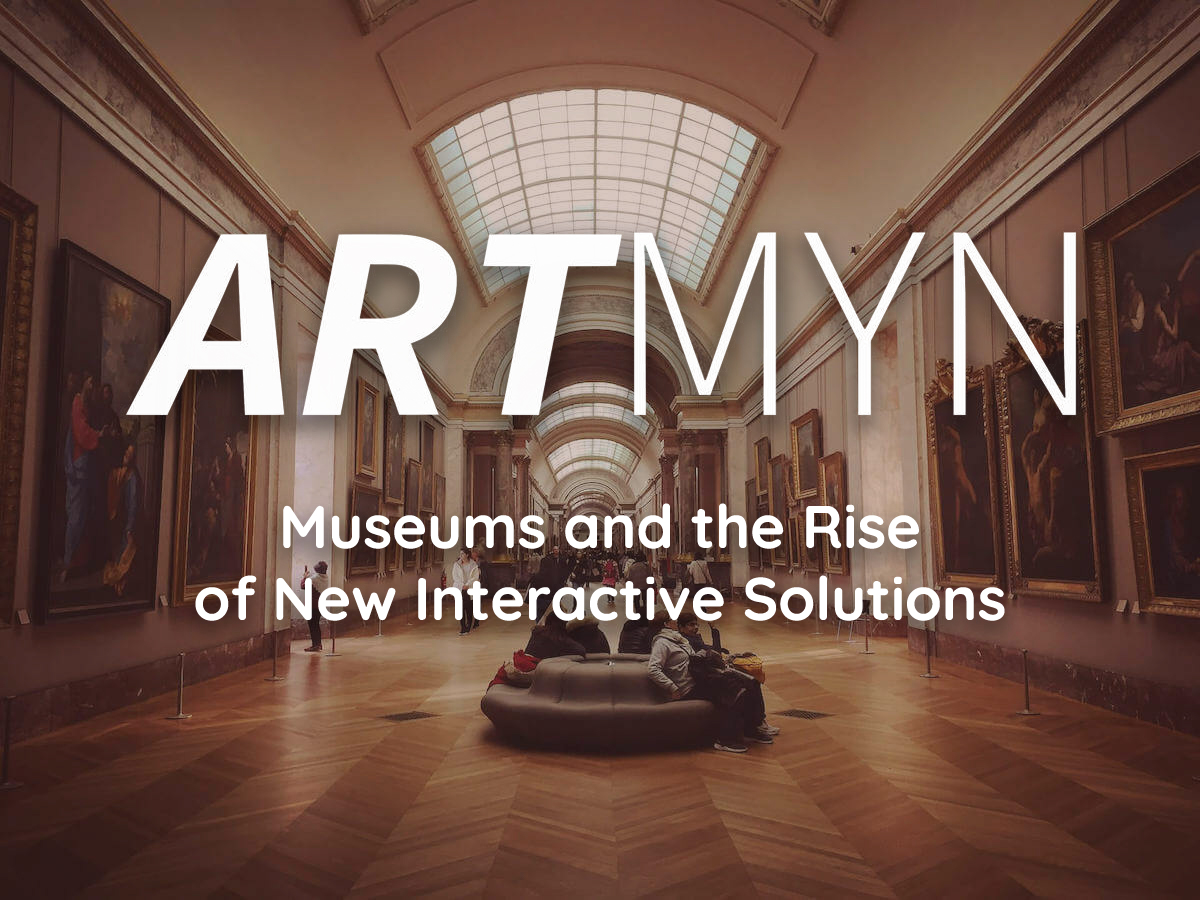Museums and the Rise of New Interactive Solutions

A discussion with ARTMYN, specialists of Fine Art experiences on screens, web browser, and mobile devices.
www.artmyn.com
Over the last 20 years, new technologies have become a pillar of professional and private life. They are the indispensable tool in the creation of a modern and productive world. In a way, museums are under pressure to keep up to date and promote culture mediation via new technologies. However, digitizing works of art in a museum can take time. It requires a thorough reflection on the choice of works to be digitized, and thus obtaining the substantial budget for digitization.
Cultural mediation is a very interesting field according to Loïc Baboulaz, Co-founder of ARTMYN – company created in 2016 which aims to transform the way art pieces can be viewed and enjoyed on digital media – who are constantly offering new generations of tools and technological services for the art ecosystem, such as the immersive visualization of works in 5D, 3.5 billion pixels per square meter, 67 lights (UV, NIR, VL), and a 2x2m digitization area.
According to a study carried out by CARLA (UNIL University of Lausanne), LCAV (EPFL Swiss Federal Institute of Technology Lausanne) and ARTMYN, interactive displays – such as those used by Immensive – offer a memorization rate twice as high as traditional displays. The study shows that one month after an interactive exhibition, the memorization of the objects is much stronger than during a static exhibition.
Interactive experiences at museums cause the human brain to be more solicited. Visitors capture deeper information about the painting such as brush technique and colors. Guests are also able to manipulate a painting or an art piece on a screen by rotating and enlarging it in order to look at it with more precision and detail. New technologies can take visitors on a journey by creating films to explain the history of the art piece. These digital tools create experiences that usually only museum curators previously had access to.
ARTMYN tell us that interactive displays are a very attractive object for visitors of all ages. While children have few barriers with interactive screens, senior citizens adapt very easily once shown how it works.
In a study carried out by Professor Mohr (UNIL) in collaboration with ARTMYN, they were able to analyze different cognitive aspects and the way in which the works were appreciated during an exhibition at the Martin Bodmer Foundation. The results highlighted the aesthetic aspect, memory, experience, discovery, and revealed that there was no distinction of age, or of art professionals or, on the contrary, people who were not familiar with art.
Museums want to modernize in order to offer a rich experience to their visitors. This is now possible thanks to ARTMYN with their innovative digital tools and Immensive with our interactive multi-user applications. Museums no longer have to worry about for their transition to digital experiences with these two companies offering more and more sophisticated services for cultural institutions.


